During the Atelier Huang Fall Semester 2022 students focused on a particular shokunin (artisan) and their craft, which ranged from kaiseki (seasonal, traditional cuisine), wagashi (Japanese confections), sake (Japanese alcohol), paper products (Karakami), kyo-shikki (lacquerware),to tatami and architectural parts. The analysis of the different flows undermining the making of the product, from material sourcing to waste disposal, was mapped out in a Parametric Sankey diagram. Based on that, the core flows deemed essential to the project’s concept development were captured in a three-dimensional flow diagram.
Starting by pinpointing essential instances of color and form blending, the diagram is subsequently envisioned as spaces that fulfill the functional requirements of the artisanal process with architectural and formal performance. The diagram is read and interpreted by the possible meaning of overlaps, merging, convergence, and divergence, utilizing architectural knowledge of what the forms, scale, colors, and flows represent. This formed the conceptual basis for the studio’s architectural interventions and socio-ecological transformation of the neighborhoods of Kyoto that followed in the second half of the semester.
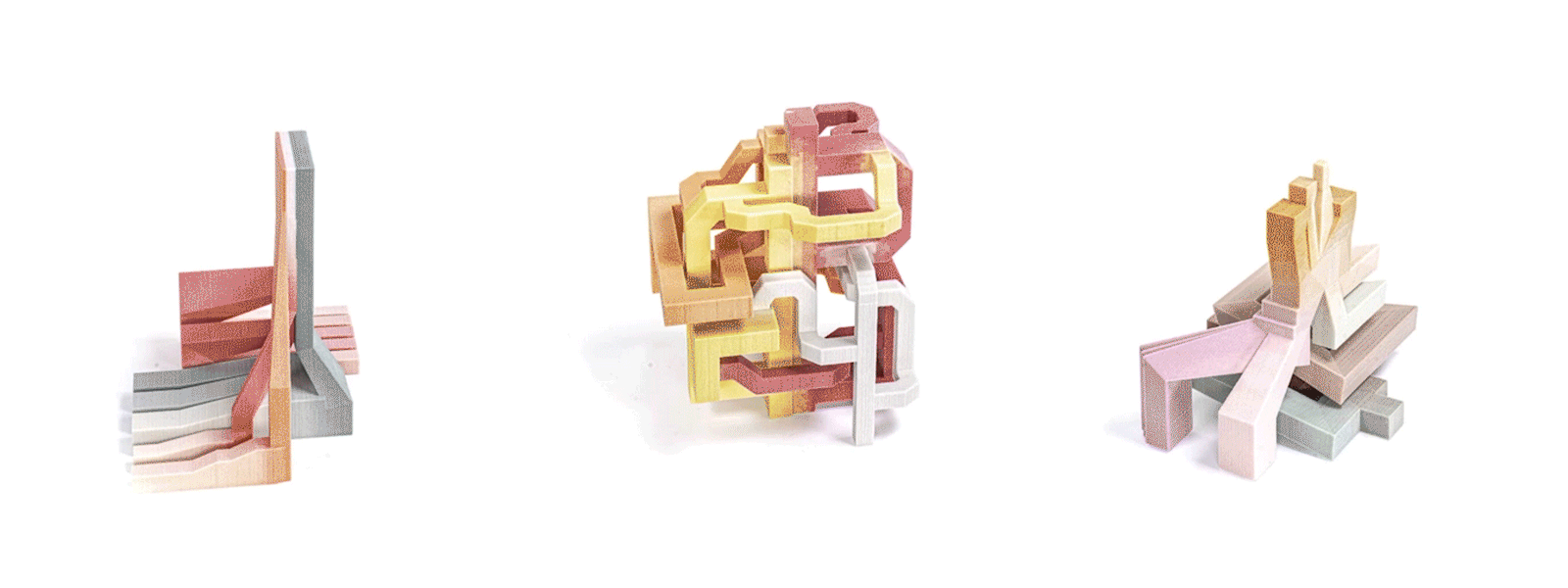
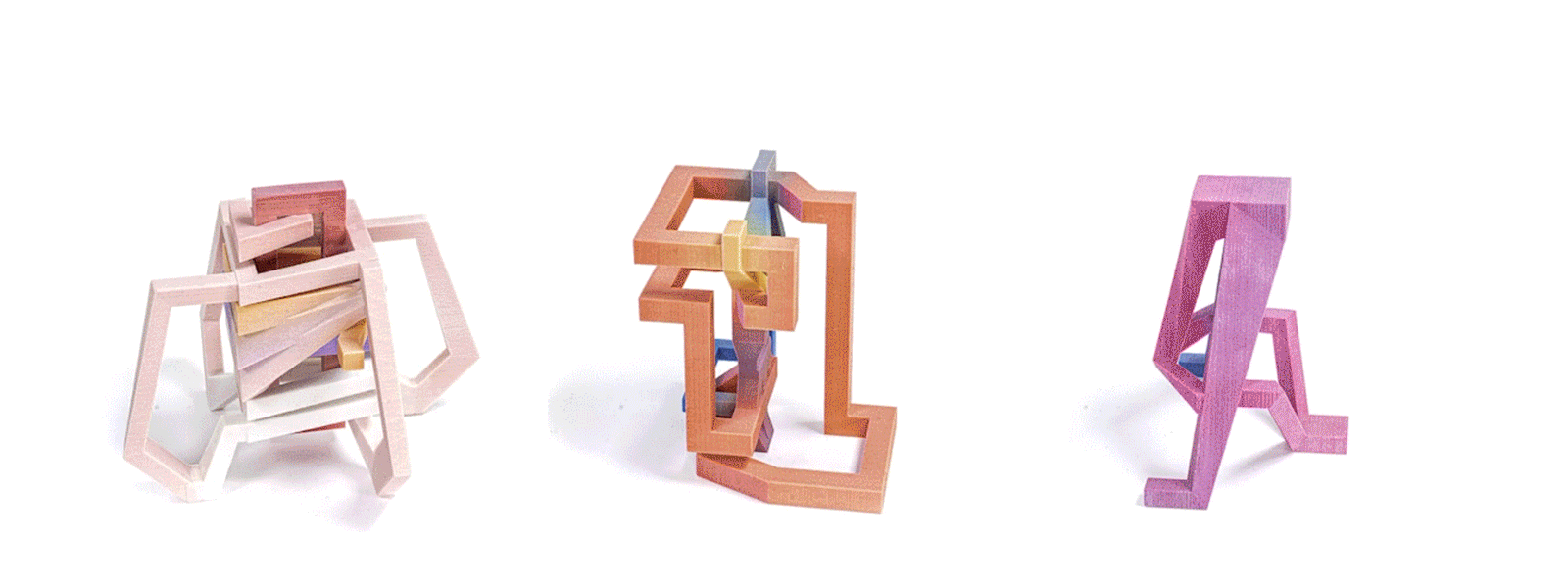
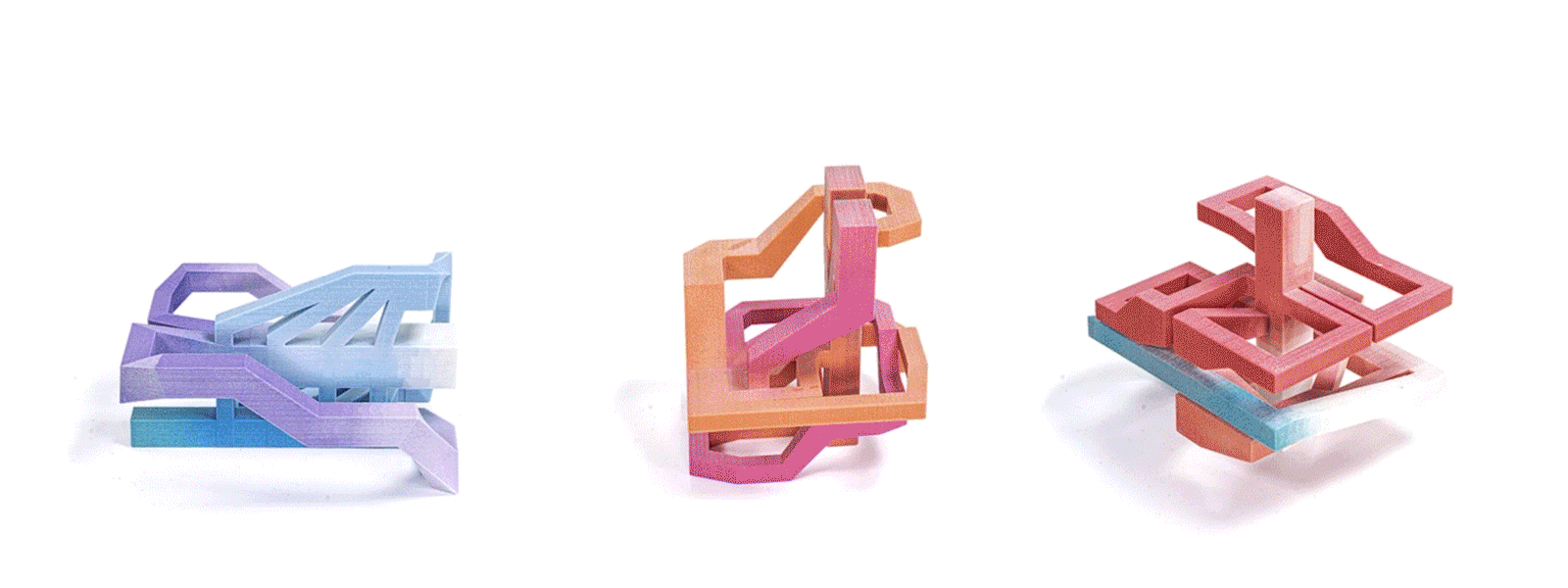
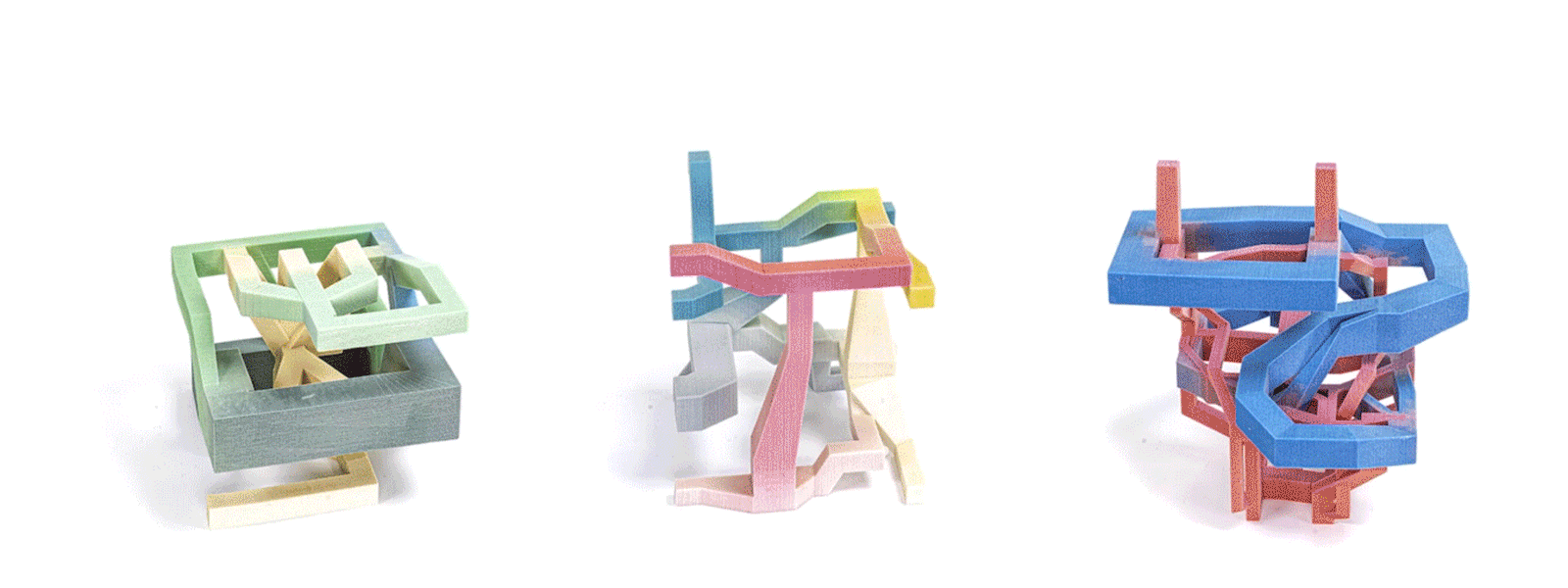
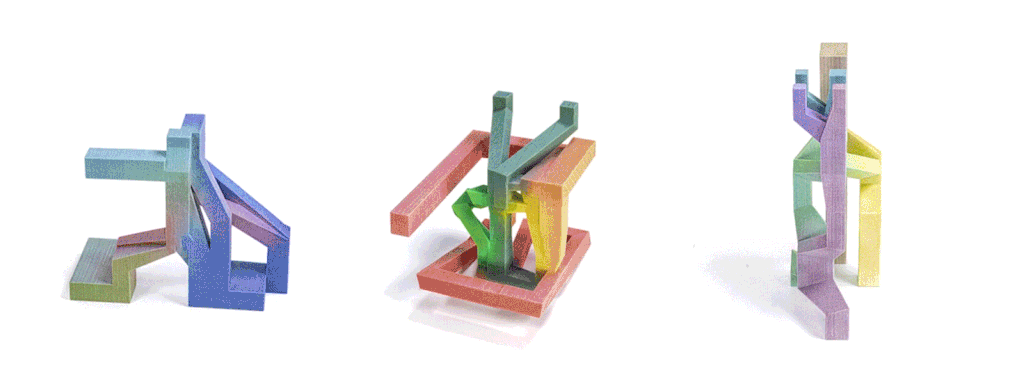
Students | Marwan Abansir, Arudsagini Arutselvan, Veronica Bellenzier, Ilaria Boggiatto, Matthieu Brajou, Josep Coll, Eva Collier, Belen Davila, Battsooj Enkhbaatar, Adam-Joseph Ghadi-Delgado, Olivia Hagen, Katja Heilingbrunner, Elitsa Ilieva, Anja Ils, Baya Imadalou, Irem Keskin, Edouard Lemoisson, Mike Munier, Sean Pasquier, Noémie Perregaux, Pauls Rietums, Iben Schneider, David Steinhausen, Casper Stenbaek, Valentina Takatch, Anthony Viola, Marek Waeber, Dominic Weber, Zhong Yang, Leo Ng Zhang Quan
Professor | Jeffrey Huang, Professor, Director, MxD Lab
Studio tutors | Marcela Delgado, Georg-Christoph Holz, Frederick Chando Kim, Alexandre Sadeghi
Process blog | https://circularkyoto.wordpress.com/